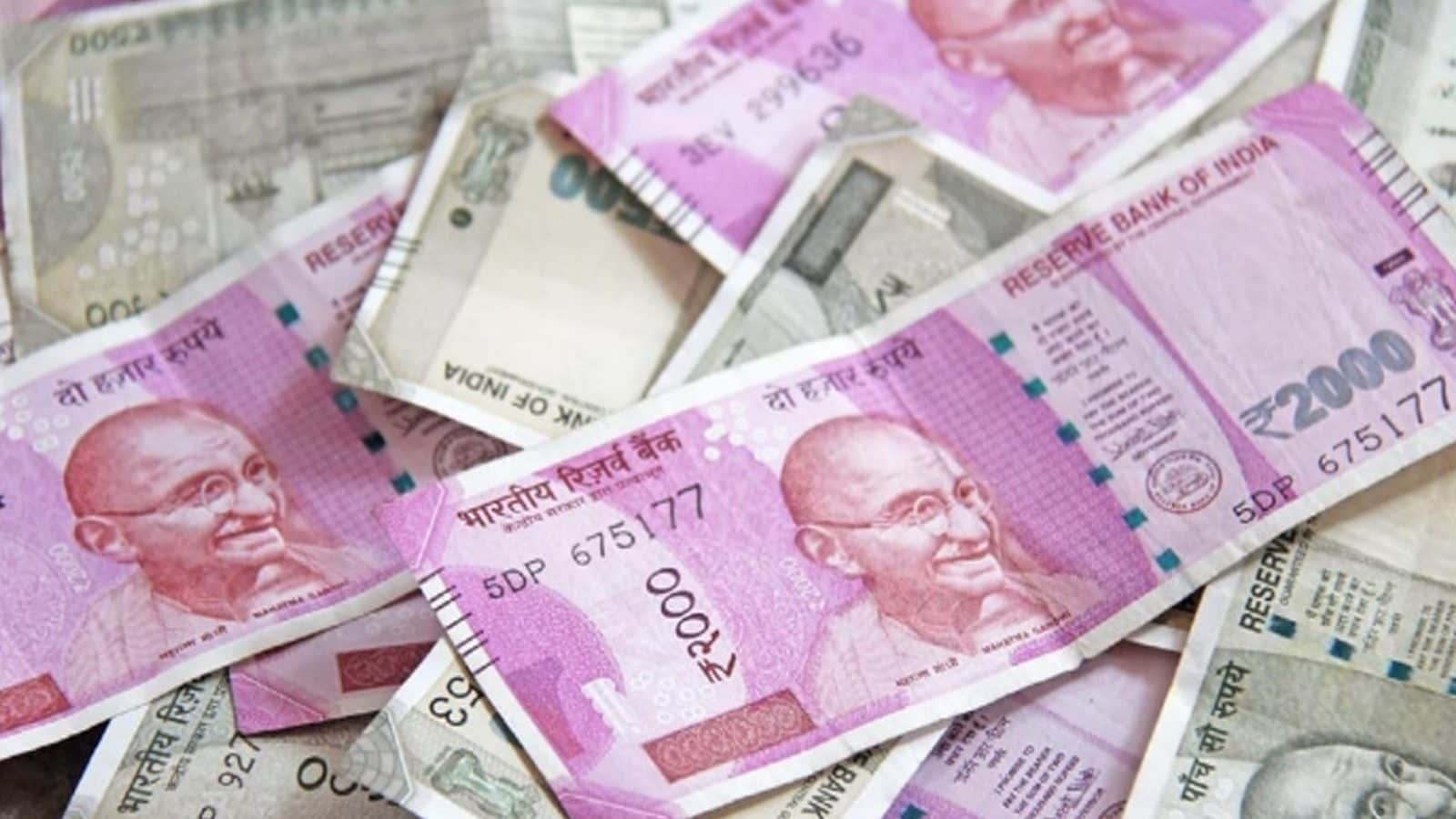Home Loan, Car Loan EMIs to Increase as RBI Hikes Repo Rate by 35 bps; What Should Borrowers Do
RBI MPC Meeting December 2022: The Reserve Bank of India (RBI) has increased the repo rate by 35 basis points to 6.25 per cent in its December Monetary Policy Committee (MPC) meeting. So far in FY23, the MPC has increased the repo rate by 190 bps: 40 bps in May and 50 bps each in June, August, and September. The latest hike of repo rates will impact existing and new retail loan borrowers with floating interest rates.
Cyrus Mody, Managing Partner, Viceroy Properties, said: “This rate hike can have an adverse impact on home sales. However, it seems unlikely considering how we are witnessing strong traction, as most buyers are looking for self-use and not investment. Going forward, we expect the demand for projects developed by reputed names to continue witnessing strong demand with pricing power.”
RBI Hikes Repo Rate: What it Means for Borrowers
The Repo rate is the rate at which commercial banks borrow money from the Reserve Bank of India. If the central bank increases the repo rate, the cost of borrowing for retail and other loans by the banks, also rises.
The interest rates for fixed-rate loans, such as personal loans, remain the same throughout the tenure. However, some retail loans, including home loans and auto loans are linked to an external benchmark set by the Reserve Bank of India. Most of the banks and non-banking financial companies (NBFCs) have linked their lending rates to the repo rate fixed by the central bank. So, when the repo rate goes up, the repo rate linked lending rate (RLLR) of banks also increases.
Who Will be Affected?
Atul Monga, CEO and co-founder of BASIC Home Loan, said: “An increase in interest rates will be felt especially by the new borrowers, existing borrowers will not usually be affected as the change in rate will not refer to them as it is related to future borrowings.”
What Should Home Loan Borrowers Do Now?
To mitigate the impact of rising interest rates, the existing home loan borrowers can either their equated monthly installments (EMI) or their loan tenures. Alternatively, to save on the rising interest cost, the borrowers can consider the prepayment option. Monga explained that “it is advisable for one to still consider various payment strategies to minimise the impact of this rate hike. This could include a Balance transfer of a home loan or making extra payments when possible, In such a scenario, the borrower will have increased control over the inflated interest rates and economic stability.”
Old Borrowers
Naveen Kukreja – CEO & Co-founder, Paisabazaar, said: “Existing home loan borrowers should opt for the EMI increase option, with the consent of their lenders, as and when their interest rates are increased. Opting for the EMI increase option would result in lower interest costs than the tenure increase option. Financially constrained home loan borrowers can opt for the tenure increase option if they want their EMIs to remain the same.”
Existing home loan borrowers having adequate surpluses can also opt for prepayment to reduce the impact of rising home loan rates. They should preferably opt for the tenure reduction option to generate higher savings in interest cost.
New Borrowers
Those planning to avail of home loans should never time their home-buying decision based on the trends of policy rate movements. As home loans are typically long-term loans, a home loan borrower would witness several reversals in the interest rate cycle during his loan tenure.
“Fresh home loan borrowers having restricted liquidity can opt for the home saver option, a home loan variant, which has been branded by various as Home Advantage, Maxgain, Maxsaver, etc. Under this facility, lenders open an overdraft account, in the form of a savings or current account, for home loan borrowers. This overdraft account can be used by borrowers to park their surpluses and make withdrawals from it as per their financial requirements. The interest component of a home loan is calculated after deducting the amount parked in the overdraft account from the outstanding home loan amount. Thus, this facility allows the home loan borrowers to derive the benefit of making prepayments without sacrificing their liquidity,” Kukreja.
Rate-Hike Likely to Cause Short-Term Turbulence in Housing Demand
Ramani Sastri – Chairman & MD, Sterling Developers believes that The continuous rate hikes may lead to short-term turbulence in the overall housing demand when buyers are optimistic about making a home purchase decision and this may add to buyers’ overall acquisition cost. The real estate sector had started seeing gradual recovery across key property markets, driven primarily by end-users, however, the repeated rate hikes may impact the interest rate-sensitive sector. Low-interest rates have been the biggest factor in the resurgence of real estate demand in the last few years and hence the rate hike would mean a hurdle in affordability. However, there is a positive sentiment, as affordability and disposable incomes of new-age homebuyers are much better than in the past. Despite the odds, we’re still hopeful as there is significant pent-up demand from a very large population base and first-time home buyers. Real estate is definitely among the best instruments to invest in and looking ahead, we do believe that markets will see sustained growth over the next few years.
Read all the Latest Business News here
For all the latest business News Click Here

